What to Know About Working With a Custom Cabinetmaker
http://decor-ideas.org 06/15/2014 00:15 Decor Ideas
Been dreaming of custom cabinets for the kitchen or bath, or perhaps a gorgeous built-in entertainment center, home office or fireplace surround? We caught up with four industry pros for expert tips on what to look for in a custom cabinetmaker, plus the lowdown on pricing structure, 3D-rendering technology and more.
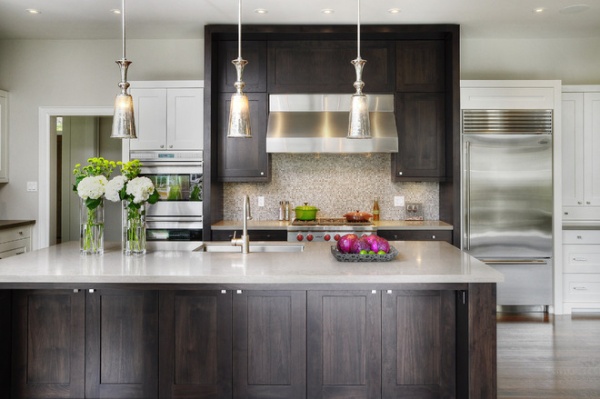
Q. Why should homeowners consider going the custom route rather than buy off-the-shelf stock cabinets?
Vince Lisanti, CCS Woodworks, Rock Hill, New York: The two biggest factors for choosing custom are attention to detail in the design phase and having the ability to seamlessly match millwork, trim or furniture pieces with the custom cabinetry. True custom cabinets offer customers the ability to have complete flexibility in their project designs. Special sizing constraints, uncommon wood types or finishes, and complicated design elements are not an issue when choosing a custom cabinet and millwork shop.
Erin Braam and the team at Braam’s Custom Cabinets, Toronto: When you order stock cabinetry, you have to stick to standard cabinet sizing, and the fillers accommodate any unused space. This limits your choices in many ways and creates a lot of unused space that you won’t run into if you go the custom route. Custom guarantees that your designer is always working with a fresh, new perspective and you’re getting something uniquely you.
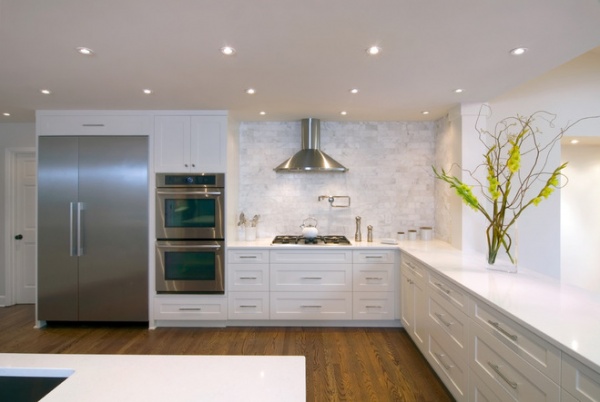
Brian Berg, Rockwood Cabinetry, Beaverton, Oregon: From a product standpoint, custom shops use superior materials, hardware and construction methods. You will pay a bit more, but they will stand up to wear and tear, whereas the cheaper materials and hardware used in many off-the-shelf cabinets will break down much faster. For instance, a soft-close drawer slide may work fine for the first year or so, but we’ve gone into many homes and seen the compression piston fail, which results in a faulty slide.
From a customer service standpoint, custom shops should take more time in the planning process to ensure your new cabinets do more than fill the space with storage, but also reflect your style and plans for how you intend to use your space.
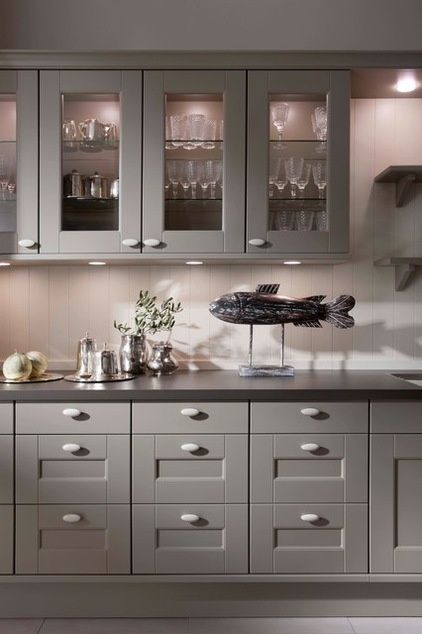
Mayan Metzler, Leicht, New York City: Actually custom verses off-the-shelf is not so important. Sometimes customization is essential if the kitchen requires the cabinets to be in a specific size or finish, but custom is a term that is too general. Anyone making cabinets in their garage can be considered a custom cabinetmaker. What’s more important is which factory you are purchasing from. The quality, stability, reputation and consistency of the factory are important for a homeowner to consider more than custom versus stock.
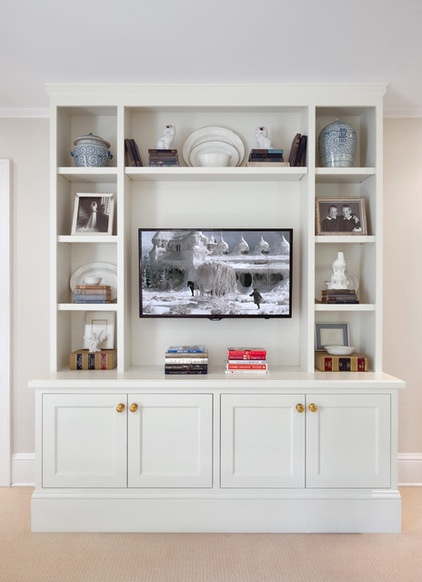
Q. What can custom cabinetmakers do? Many folks immediately think of kitchens, but I know there is a lot more to it. What other sorts of projects have you worked on?
Berg: We’ve worked on projects ranging from furniture-style bathroom vanities to swinging bookcases that conceal hidden rooms, arts and craft rooms, master closet organization and storage, custom-tailored wine cellars, breakfast nook built-ins, laundry rooms, bookcases, and dining tables and sideboards.
Braam: It’s true that we do mostly kitchens and baths, but we also do entertainment and wall units, fireplace surrounds, wall and ceiling paneling, furniture, home offices, closets, bars and beverage centers, pantries, laundry rooms and mudrooms, to name a few.
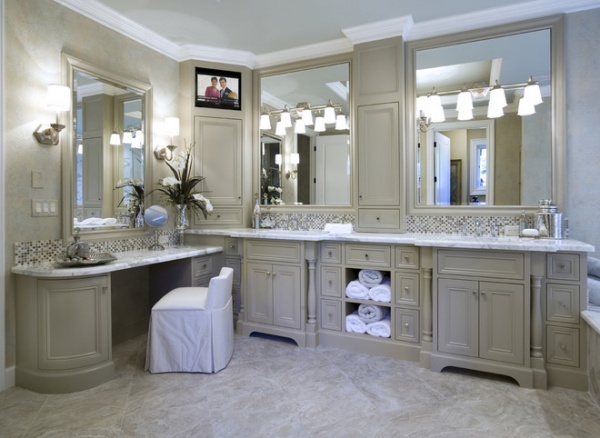
Q. Are there technologies you use (design rendering etc.) that can help clients visualize the result? Something clients wouldn’t get with ready made?
Berg: We use several types of design and manufacturing software. One is primarily used for giving clients detailed floor-plan and elevation views of their project, while simultaneously generating cut parts for all of the cabinets. This software also enables us to create photorealistic renderings for our clients. The second is used for drafting more complex projects which require further detail.
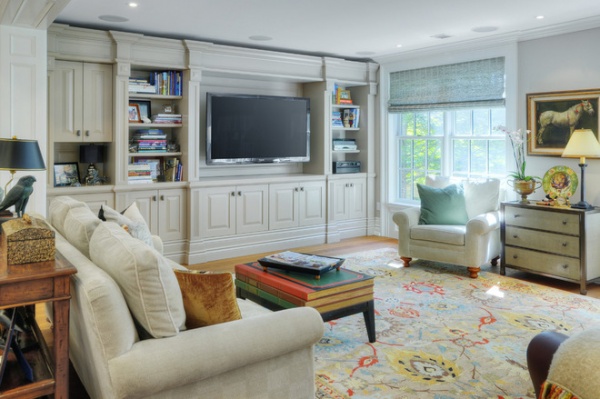
Braam: We use a cabinetry program called CabinetVision, which allows us to render elevations and 3Ds in full color for clients. The program also allows us to rotate the room to allow the client the ability to get a good feel of the 3D space. They are able to see all details to the millwork, detailed crown molding or glass-door mullions. In addition, we have a skilled cabinet engineering team that collaborates with the designers to help get any creation from design into the computer accurately — helping for your vision to really come to life full circle.
Metzler: We use a 3D rendering software called KPS, which is a version of Planit developed in Germany that includes our catalogs already inside the software. This can show what our kitchens would look like and also generate a detailed item list with pricing.
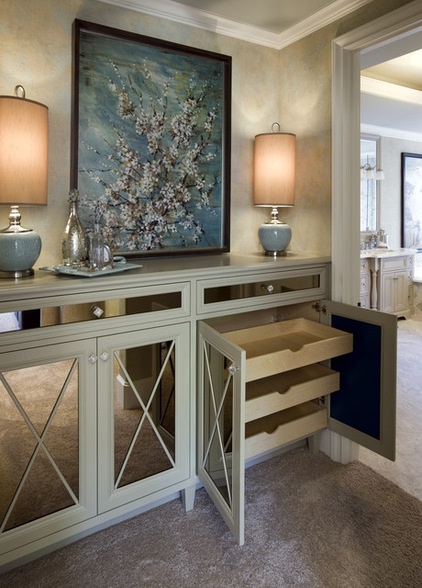
Q. What about your pricing structure? Do you charge hourly, by the project or some other way?
Berg: We have a general pricing structure based on lineal footage for standard cabinet runs: bases, uppers, full heights. This price varies based on the cabinet construction method — frameless, inset face frame — and wood species. Upgrades are applied for things like exotic wood species, hardwood dovetailed drawer boxes, custom glazed or distressed finishes, and radius doors and moldings.
Braam: We charge by the project. The thing about custom is that it’s not accurate for us to ballpark a figure for a project. It’s easier to work within a client’s budget and make a list of what is most important to be included. Material costs, labor and finishing can vary greatly depending on what the client chooses.
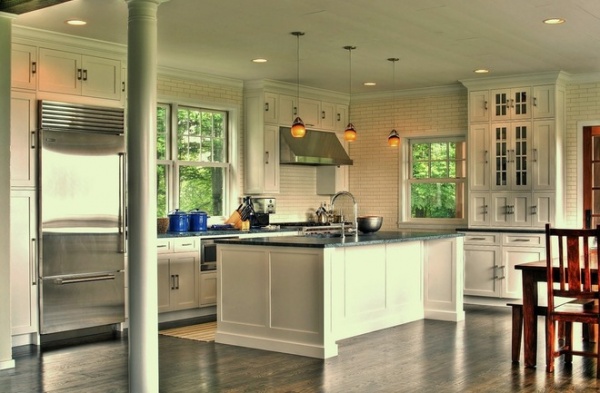
Q. What should potential clients know before hiring a custom cabinetmaker?
Lisanti: As when hiring any professional to work in your home, do your homework. When you meet with the owner or salesperson of the custom cabinet shop, try to get a feel for his or her passion about their craft and ability to provide you with what you are looking for. Also try to set up visits to some of their recent projects. From my experience, most past clients who are pleased about the way their projects turned out are usually more than willing to allow potential clients in to see it and offer up a great referral.
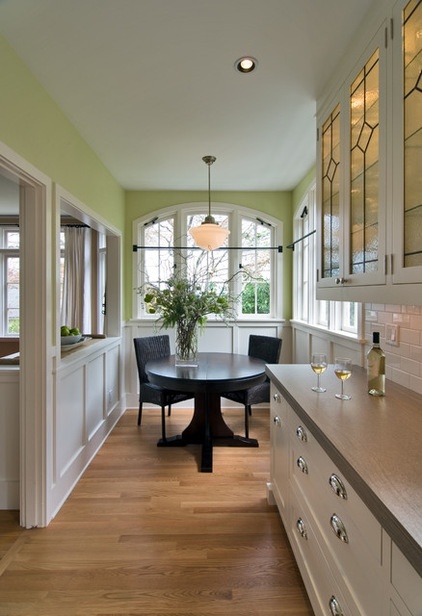
Berg: Potential clients should find a cabinetmaker who enjoys the process of designing and building cabinetry. Look for a cabinetmaker who asks questions up front about how you plan to use your kitchen, responds to your concerns with solutions and explains those options clearly. You’re paying for more than superior materials and hardware, but also for better service.
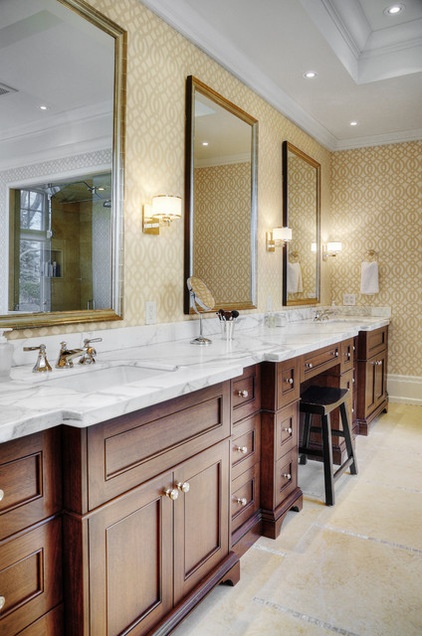
Q. How can homeowners know if a cabinetmaker is well qualified? What should we be looking for?
Braam: Most kitchen designers have completed either an interior design or decorating program at college or university. This provides the designer with the fundamentals for space planning, millwork, materials and colors. The homeowner can look at the years the company has been in business in the community; the more years in business, the more experience in the industry.
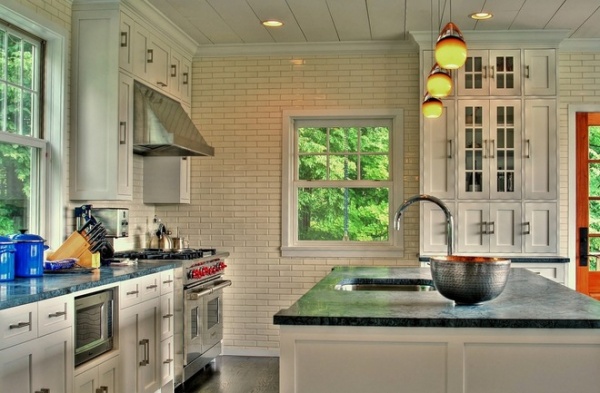
Lisanti: Look for a passion and attention-to-detail quality of the owner/operator. Also referrals, photos, scheduled site and/or shop visits, and accreditation are good signs of a professional.
Braam: Accreditation and affiliations such as the National Kitchen & Bath Association, local Home Builders Associations and the Better Business Bureau can also help a homeowner feel confident in their decision. Homeowners should do a bit of research prior to working with one company. Ask around to friends or families to see who they used for their cabinetry and what their experience was like.
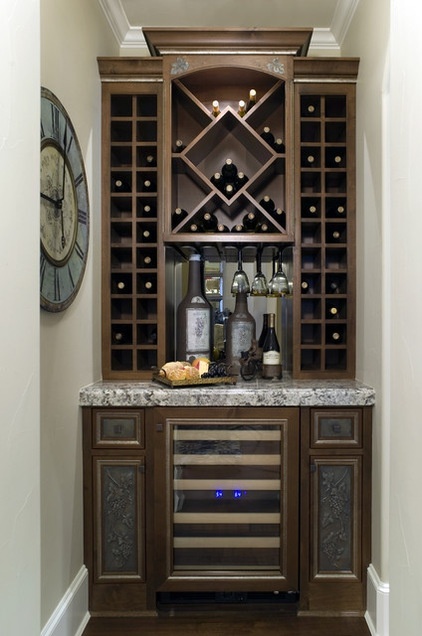
Berg: I would encourage homeowners to ask for referrals and ask those referrals about their experience with the cabinetmaker and how they handled any bumps in the road. Did they keep you informed and provide quick solutions? Were they honest and up-front, or [did they] try to conceal issues? This is construction, and there are almost always small hiccups along the way. How they respond to those bumps in the road is very important in saving you time and money. It also goes a long way in making you feel comfortable about your investment in their product.
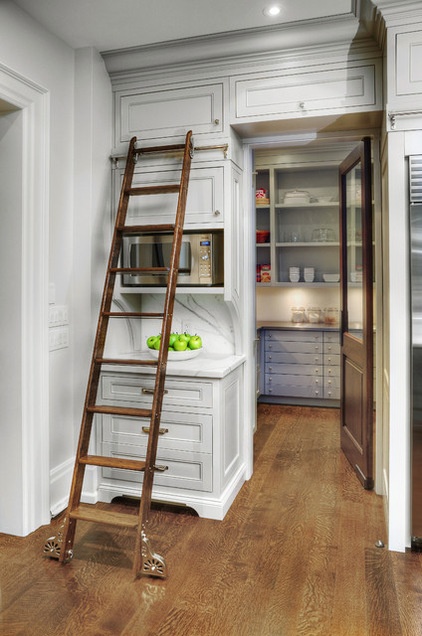
Your turn: Have you ever worked with a custom cabinetmaker? Would you like to? Share your thoughts and questions in the Comments.
More: Find a cabinetmaker near you
Photos: Browse thousands of cabinetry designs by type, style and more
Related Articles Recommended












